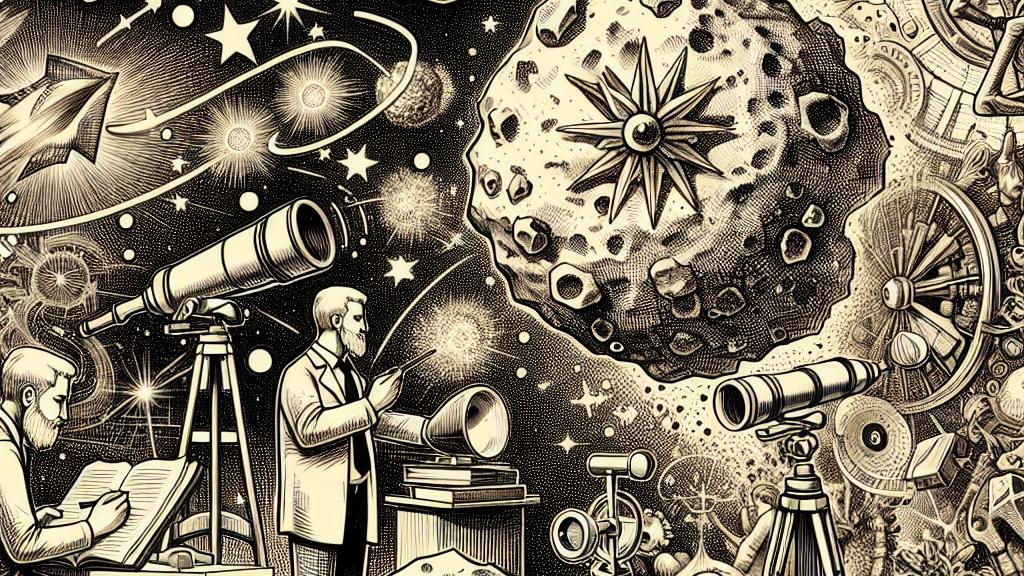Faster Ways to Measure Asteroid Distances
Overview
- Groundbreaking methods drastically reduce asteroid distance measurement time.
- Precise tracking is essential for evaluating threats from Near-Earth Objects.
- Innovative techniques enhance our ability to predict asteroid movements with precision.

Why Measuring Asteroid Distances Matters
Asteroids have intrigued and terrified us throughout history. Some, like asteroid 2024 YR4, can come alarmingly close to Earth. These cosmic travelers remind us of the cataclysmic events they can cause, such as the extinction of the dinosaurs! Therefore, measuring their distances accurately isn't merely academic; it's a matter of planetary defense. With potentially hundreds of thousands of unidentified Near-Earth Objects (NEOs) lurking nearby, the urgency is palpable.
Revolutionary Techniques Transforming Measurement Speed
Imagine cutting down the time it takes to measure an asteroid's distance to just one night! That's the breakthrough from a team at Duke University, using their innovative topocentric parallax method. This technique efficiently capitalizes on Earth's rotation to gather precise measurements from a single observatory. It’s like assembling a puzzle where, instead of laboriously fitting together every piece, you suddenly see the picture unfold before your eyes! Such rapid data collection allows scientists to respond faster than ever before.
The Vera Rubin Observatory: A Beacon of Hope in NEO Tracking
Scheduled to commence operations in July 2025, the Vera Rubin Observatory (VRO) is set to be a game changer in the realm of asteroid detection. Equipped to scan the southern sky, it promises to catalog millions of asteroids, uncovering often-overlooked NEOs. By combining the VRO’s advanced capabilities with the new distance measurement techniques, the scientific community will enhance its ability to predict not just the orbits but also the possible risks associated with these celestial bodies. This partnership is not just about technology; it embodies our responsibility to safeguard humanity from cosmic threats.
Understanding the Urgency of Effective Tracking
In a universe where gravitational forces constantly reshape the paths of celestial bodies, accurate tracking of asteroids becomes not just beneficial but essential. The threat of an undetected asteroid impacting Earth is far too real, making it vital to improve our tracking methods. Innovative research like this isn’t just for the sake of curiosity—it’s about ensuring our safety. With these newfound techniques, scientists can devise strategies and responses to threats much more swiftly and effectively. The stakes are high, but the potential rewards—a safer planet and enhanced cosmic awareness—are even greater, paving the way for future generations to explore and thrive under a more secured sky.

Loading...